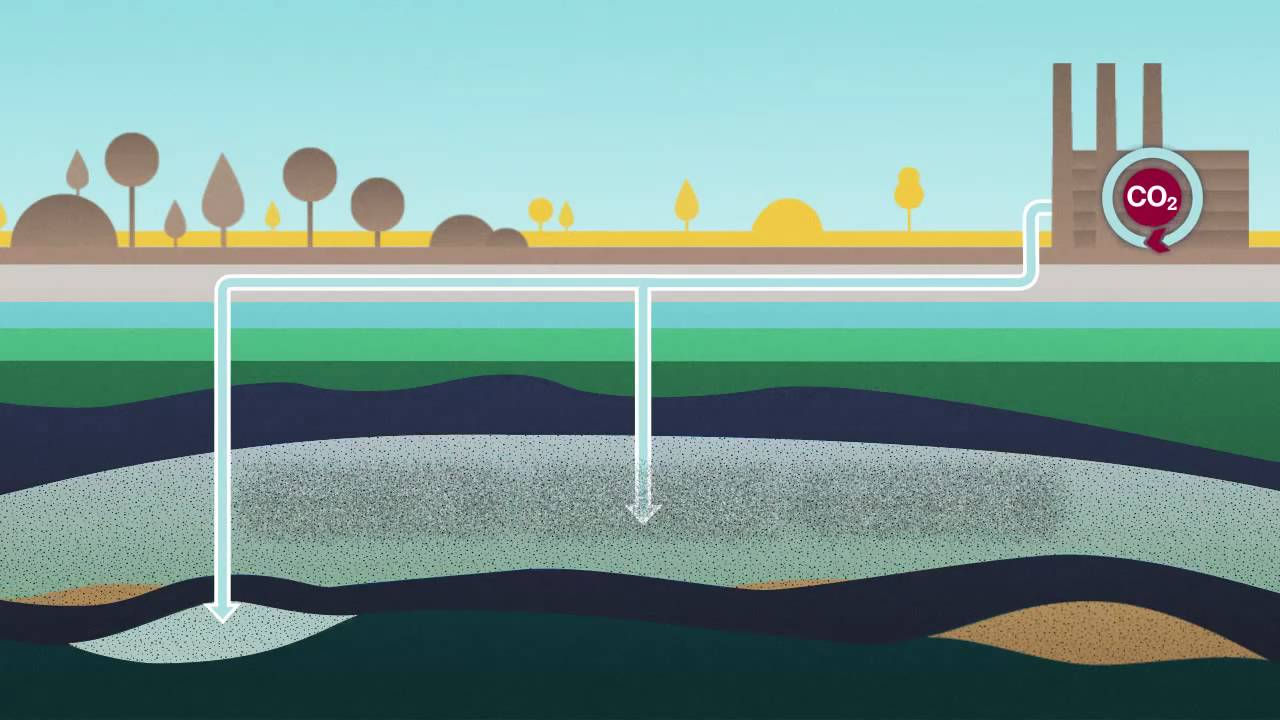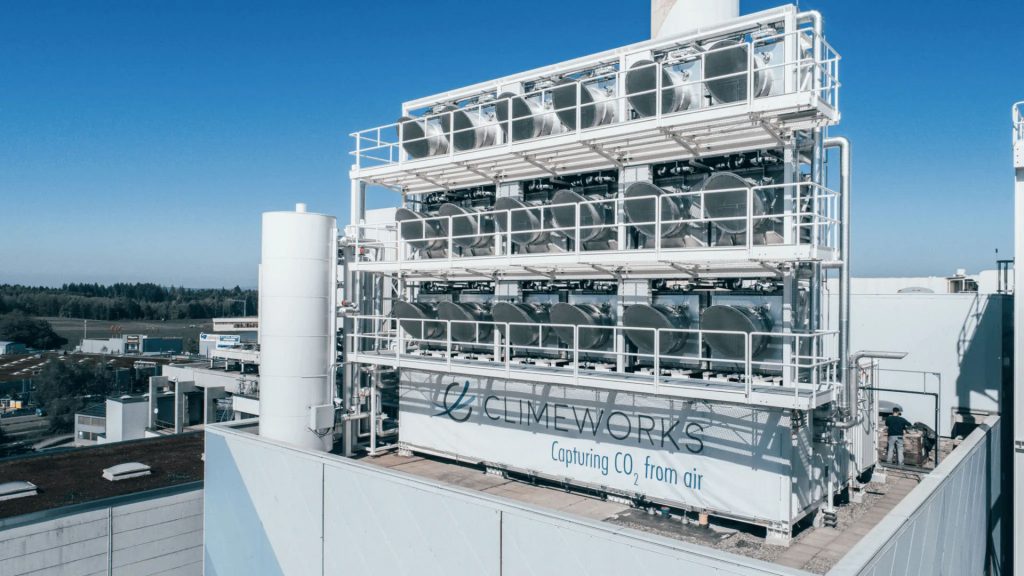Carbon capture and storage is a process of direct carbon capture from various industrial processes. The technology is designed to prevent CO2 from entering the atmosphere and increasing the negative impact of excess greenhouse gases in the future.
UN experts agree that it is impossible to achieve positive results in the fight against climate change without reducing the carbon in the atmosphere. Other methods of reducing CO2 levels are cultivating biofuel crops and planting trees.
Principle and stages of CCS
One of the effective methods to remove carbon from the air in order to slow down negative climatic phenomena is CCS (Carbon Capture and Storage) technology. Captured CO2 is transported and stored in geological formations located underground. There are three types of CCS processes: pre- and post-combustion capture and oxygen combustion. All processes use very different methods to reduce the amount of carbon produced during the combustion of fossil fuels.

Since approximately one-third of all human carbon emissions are generated in factories, there is a great deal of research and development to improve the efficiency of these processes. Each type of CCS uses different technologies to reduce CO2 emissions into the atmosphere, but they all take place in three basic steps:
- Capture. The most popular type of carbon capture is post-combustion. In this process, air combines with the fuel in the power plant and subsequently heats the water in the boiler. The boiling process produces steam, which drives turbines that produce energy. The carbon is separated when the flue gas leaves the boiler.
- Transportation. After CO2 is captured and compressed, so that it takes liquid form, it is transported to underground storage facilities. As a rule, it is transported by pipeline, but for small volumes rail, water and road transport can be used.
- Carbon storage. Successful storage of CO2 is only possible in certain geological formations. These are depleted oil and gas fields, coal seams or salt formations. They have the necessary conditions to ensure safe and reliable carbon storage.
According to the world’s leading economists, the most important component of the fight against negative climate change is the complete phase-out of fossil energy. Some experts agree that CCS technologies offer mankind great opportunities to reduce the concentration of carbon in the atmosphere. The latest development in this field is the capture of carbon through specially trained soil.

